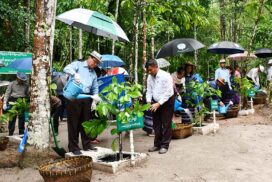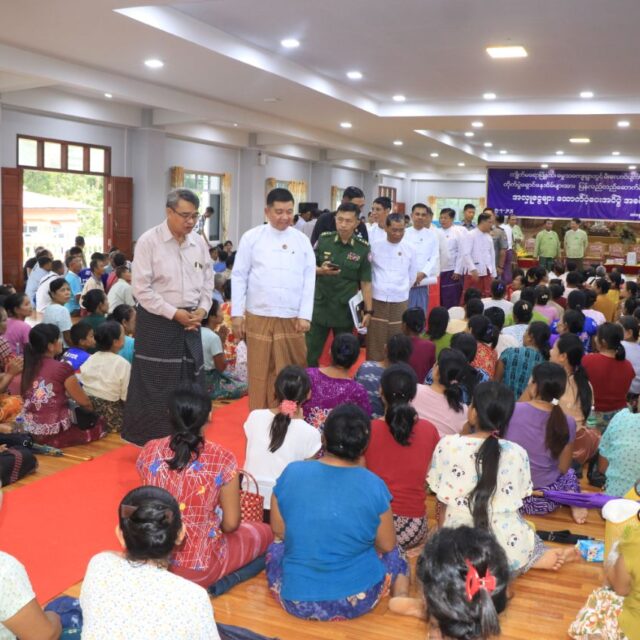Presently, the annual consumption of palm oil in Myanmar stands at an estimated one million tonnes. Despite local farmers cultivating oil crops like groundnut, sesame, canola, and sunflower, the yearly production hovers around 400,000 tonnes. Consequently, the nation imports approximately 700,000 tonnes of palm oil, valued at US$600 million, annually from Malaysia and Indonesia to meet domestic demands.
The government encourages local farmers to prioritize the cultivation of oil crops, aiming to achieve self-sufficiency in cooking oil production and reduce yearly imports. To support this initiative, the government has provided loans from the State economic promotion fund as capital to local farmers, intending to alleviate challenges associated with oil crop cultivation. However, despite these efforts, the import volume of cooking oil has not seen a decline, and such imports persist to this day.
In fact, oil crops can be grown within four months, and they can be cultivated in a double-cropping pattern on a yearly basis. Hence, it is necessary to seek the best way to grow oil crops successfully in order to produce a sufficient volume of cooking oils. If so, oil sufficiency can meet local demand as well as reduce import oil tonnage, cutting spending on foreign currency.
Myanmar’s farmers currently tend to approximately 800,000 acres of oil crop plantations, capable of yielding 690,000 tonnes of cooking oil. If all oil crop outputs are dedicated to cooking oil production, the country could achieve 126.2 per cent oil sufficiency. Further optimization leading to the target production of all oil crops could result in an impressive 249.5 per cent oil sufficiency, reducing the import value of cooking oil.
Despite possessing cultivable lands, necessary inputs, a consistent supply of agricultural water, and a pool of human resources, Myanmar has not been able to produce a sufficient volume of cooking oils. Consequently, it is imperative for farmers to intensify their efforts in oil crop cultivation and address the production gap.
Groundnut, among sesame, sunflower, canola, and Niger, boasts the highest rate of per-acre yield. However, sunflower surpasses groundnut and sesame in oil production. Thankfully, Myanmar’s climate supports the cultivation of these three oil crops. This presents an opportunity for farmers and local authorities to enhance the production of cooking oil.
Farmers and local authorities have to realize its potential as a self-sufficient hub for cooking oil production. The strategic cultivation of oil crops, coupled with the effective utilization of available resources, will reduce dependence on imported cooking oil, ensuring long-term domestic sufficiency.
In fact, oil crops can be grown within four months, and they can be cultivated in a double-cropping pattern on a yearly basis. Hence, it is necessary to seek the best way to grow oil crops successfully in order to produce a sufficient volume of cooking oils. If so, oil sufficiency can meet local demand as well as reduce import oil tonnage, cutting spending on foreign currency.














